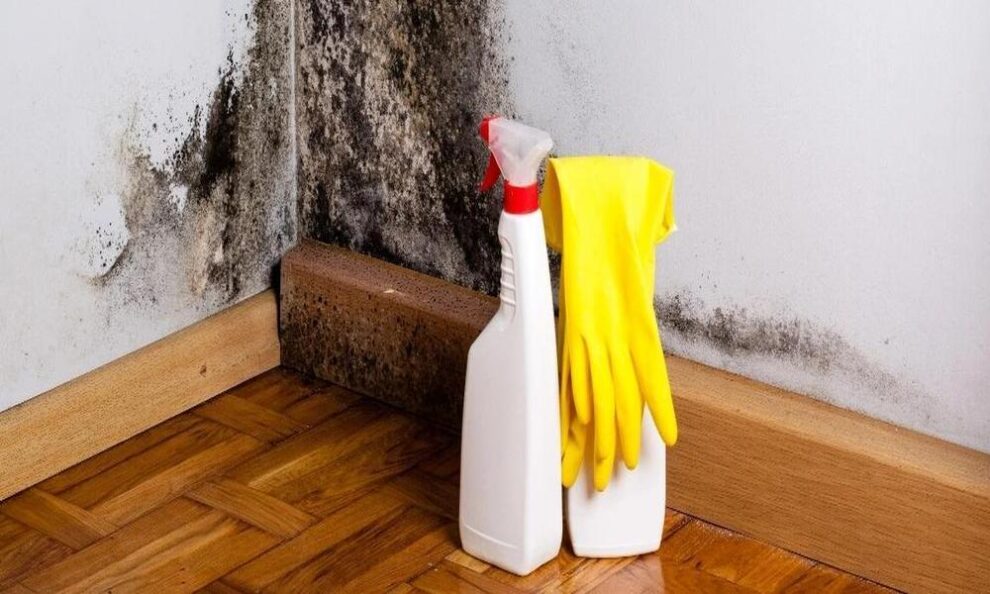Mould is a common problem facing homeowners, and bleach remains one of the most effective solutions to eliminate mould. However, there are essential things to know before using bleach to kill mould. For instance, bleach could be harmful to your health, weaken surfaces, and fail to kill all types of mould. This article will explore ten things you need to keep in mind when using bleach to kill mould to ensure your safety, efficiency, and desired results.
Tip to Use Bleach to Kill Mould
1. Not all mould is created equal
While bleach can be effective in killing many types of mould, some types need more than just bleach. In some cases, you might have to use specialized cleaning agents or call a professional. It’s worth identifying the type of mould you’re dealing with before selecting the appropriate cleaning solution.
2. Bleach can be dangerous
Working with bleach requires safety precautions. Bleach releases fumes that can be harmful when inhaled. Moreover, if mishandled, bleach kills mould but it can cause skin and eye irritation. Be sure to handle bleach in well-ventilated areas and wear protective gloves and goggles.
3. The concentration of bleach matters
When using bleach to eliminate mould, you need to dilute it to the right concentration. Too much bleach can damage surfaces, while too little will be ineffective. A mixture of one-part bleach and three parts of water is usually the recommended concentration.
4. Bleaching may not solve the root problem
Bleaching is effective in killing mould but may not address the source of the problem. If mould keeps reappearing, it’s essential to investigate the reason behind it. It might be due to high humidity or water leaks, which may require fixing before applying bleach.
5. Bleaching may not work on porous surfaces
Bleaching works well on non-porous surfaces like tiles, but it may not be as effective on porous surfaces like drywall or upholstery. When dealing with such surfaces, you might need to seek professional cleaning services or replace the affected area.
6. Mould cleanup requires thoroughness
When cleaning mould, it’s essential to ensure thoroughness. Bleach kills mould and works best when left on a surface for at least five minutes before rinsing. This ensures that any surviving mould spores are eliminated.
7. Bleach has limitations
Although bleach is a popular solution for eliminating mould, it has limitations. Bleach cannot penetrate deeply or completely kill all spores, especially when it comes to large infestations. In such cases, professionals are better equipped to handle the problem.
8. Bleach can harm your clothes
Undiluted bleach can cause damage to clothes and fabrics. It’s important to ensure that bleach is thoroughly diluted and that it does not come into contact with clothes or fabrics that can be damaged.
9. Bleach can affect the environment
Bleach kills mould but it can also have an impact on the environment. When disposing of bleach, ensure that it’s done appropriately, following local guidelines. Moreover, using bleach excessively can result in chlorine contamination of the environment, which can have far-reaching consequences.
10. Prevention is better than cure
Preventing mould infestations is better than dealing with them after they’ve occurred. You should ensure that your home is well-ventilated, invest in a dehumidifier if necessary, and fix leaks promptly. Regular cleaning helps to prevent mould growth and ensures that your home remains safe and comfortable.
Conclusion:
Knowing how to use bleach properly to kill mould can help keep your home clean and prevent the health risks associated with mould infestation. Bleach kills mould but remember to dilute it, protect yourself, and only use it in well-ventilated areas. Above all, remember that bleach is not an all-purpose cleaner, and not all mould can be killed using it. Sometimes, it’s best to call in a professional. Follow the above tips, and you’ll be better equipped to use bleach safely and effectively.








